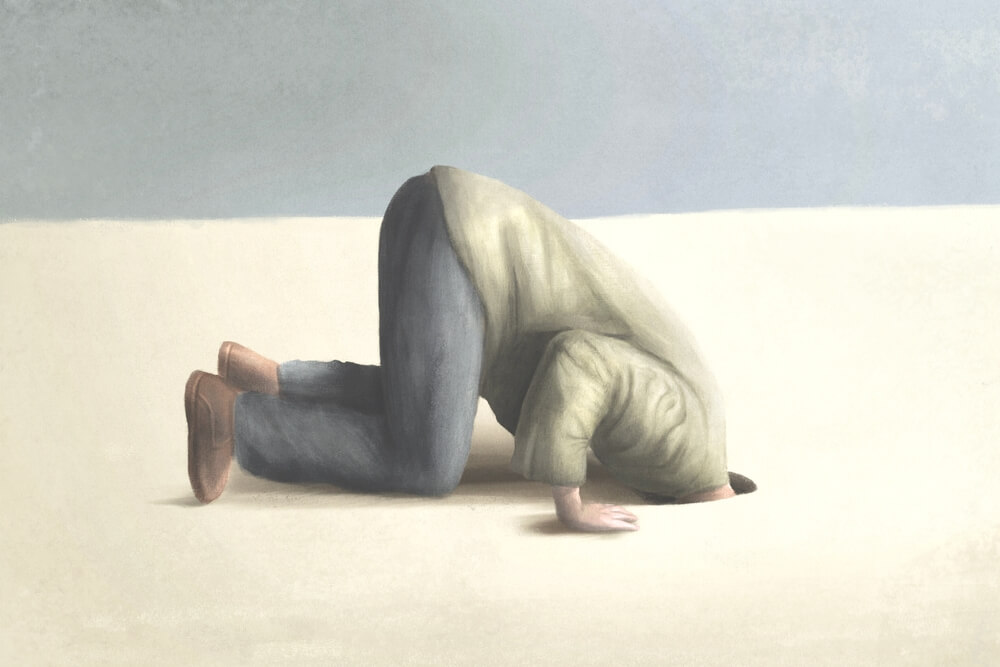“Trauma is perhaps the most avoided, ignored, belittled, denied, misunderstood, and untreated cause of human suffering.” -Peter A. Levine
In my last blog I talked about the mind/body connection. Trauma is registered in both our bodies and our minds (the brain). I introduced you to the tree systems: Sympathetic Nervous System, Dorsal Vagal and Ventral Vagus. Today I will explain the importance of the vagus nerve and ways to stimulate it.
Trauma is felt in our bodies: a tightness in the chest, a knot in the throat, the sinking feeling in the stomach, or a chronic feeling of exhaustion. In order to address and heal from our trauma, we have to pay attention to our body and allow it to process the energies that, as a result of trauma, are stuck there. Mind-body therapies, such as Somatic Experiencing®, work with the vagus nerve as it helps with trauma resolution.
When we experience a real or perceived threat, we change the way we breathe. You might notice that your breath becomes rapid and shallow. This is the work of your sympathetic nervous system.; the function of this activation is to help us flee or fight. Sometimes, you might respond by freezing or becoming immobilized. These processes are driven by older, evolutionary pathways.
Here I will offer some practices that will stimulate your vagus nerve, which can restore a sense of safety and heal from trauma.
- Pay attention to your gut
Maintaining a healthy digestive system is important. The enteric nervous system, also known as belly/brain, is made up of microbiomes. An imbalance in your gut leads to inflammatory responses in the immune system that cause disruption (anxiety and depression).
- Laughing
A good belly laugh changes the way you breathe, your heart rate, and your blood pressure. It is a body-centered experience: it creates movement in the face, chest, diaphragm, and stomach.
- Shaking
Shaking is a response that reduces stress and trauma. It is seen in the observation of animals in the wild; as they are relieved from the presence of a predator or stress, they will shake. You can do the same. Scan your body for any tension; once identified, allow yourself to shake the tension off. Allow yourself to release any sound that can accompany that movement.
- Exhaling voo
Take a gentle, slow inhale, and on the slow exhalation make the voo sound. Focus on the vibration that the sound makes in your throat, chest, and face.
“Trauma is not what happens to us, but what we hold inside in the presence of an empathetic witness.”
-Peter A. Levine



